There’s no denying that sweeteners are a huge part of the oral care world. Alongside mint and other essential oils, these sweet ingredients are the reason oral care products taste so great! Let’s face it, if these products didn’t taste great, we probably wouldn’t love to use them every day.
As a company that sells xylitol toothpaste, you’re probably not surprised to find out that our favorite formulas include xylitol, a nature-derived sweetener that only hit the oral care market ~50 years ago. But with so many options (nature-derived and not) on the market, we’re diving into some common sweeteners found in your oral care products. To start, let’s embark on a little journey through history.
the history of non-sugar sweeteners in toothpaste
Thousands of years ago, people all over the world were creating their own versions of toothpaste. These innovative, nature-derived (there was no other option) toothpaste formulas would typically contain ingredients like charcoal, salt, pumice powder, and ground eggshells. It’s only natural that our ancestors experimented with different sweeteners and flavor enhancers to mask the taste of these not-so-yummy ingredients!
As time went on, some of the most common sweet ingredients were honey and cane sugar....until more recent decades when experts realized these two were linked to tooth decay (and many other ailments at that). So for the past ~150 years or so, scientists have been searching for safe, low-cost, highly-effective alternatives to sugar in food and toothpaste.
That leads us to the first widely-used commercial sweetener, saccharin, which was accidentally discovered by scientist Constantin Fahlberg at Johns Hopkins University in 1879. When experimenting with coal tar, Fahlberg noticed an unexpected substance that was much sweeter than sugar. Not long after its discovery, saccharin became a very controversial ingredient, as food scientists began to suspect it might be linked to various diseases.
Since then, the race to find a safe, healthy, and delicious sweetener for food and oral care products has only ramped up. With a few popular ingredients dominating the oral care market, we’ve decided to compare them to see which one comes out on top. (Spoiler alert: you can probably tell from our ingredient lists, xylitol toothpaste wins it all in our book.)
comparing common sweeteners
We’ve compiled a few of the most common oral care sweeteners, diving into their benefits and risks to show you why we prefer to see (and put) xylitol in toothpaste.
sodium saccharin
This is simply the salt form of saccharin, and it’s one of the most common sweeteners found in conventional toothpaste formulas. As mentioned above in our history section, saccharin was discovered in a lab, so it’s considered an artificial sweetener (not derived from nature).
While sodium saccharin is much sweeter than sugar (without the harmful tooth-decay effects), it presents a few concerns. Studies show that saccharin can disrupt the delicate balance of bacteria in your gut, nurturing the bad bacteria species that are more efficient at harvesting energy. This can lead to an increased risk of metabolic disorders such as insulin resistance, obesity, and beyond. These disorders are also known to snowball other health complications downstream.
It’s also worth noting that, previous to the year 2000, saccharin was on the FDA’s potential carcinogen list. Can you already tell we don’t believe conventional toothpaste can measure up to xylitol toothpaste?
sucralose
Sucralose is another common artificial sweetener found in toothpaste and other oral products. Very similar to saccharin, studies have shown that sucralose can alter the balance in your gut microbiome, destroying the good bacteria. It’s also suspected to increase inflammation throughout your body, which we definitely don’t want, and you won’t find our xylitol toothpaste having that effect.
sorbitol
Unlike the previous two, sorbitol is considered a natural sweetener derived from sources like corn, potato starch, apples, pears, berries, and more. It was first discovered in 1872 in mountain ash berries, and today it’s found in so many oral care products and sugar-free foods.
Sorbitol might seem very similar to xylitol, but there are a few key differences we’ll discuss next.
xylitol
Another natural sweetener, xylitol is often derived from corn, sugar, berries, berries, oats, mushrooms, and other fruits and veggies. At Davids, we source our xylitol from birch trees, which is the best option for the planet since birch trees are abundant and relatively fast-growing.
While xylitol and sorbitol appear very similar, there are a couple of distinct differences. Studies show that sorbitol can be broken down by cariogenic bacteria (aka bacteria that cause tooth decay), while xylitol cannot be. In other words, sorbitol can potentially “feed” bad bacteria, while xylitol starves bad bacteria. In fact…
- A 2012 study found that xylitol can reduce levels of certain bad bacteria species by 27-75% without disrupting levels of beneficial bacteria.
- 10 years later, another study confirmed that xylitol chewing gum can reduce the amount of bad bacteria and plaque in your mouth by 20%.
- Many studies attribute these characteristics to the fact that xylitol can increase your saliva flow to prevent dry mouth, flush out bad bacteria, and maintain a healthy pH in your mouth (which can also greatly benefit your gut).
As you can see, the benefits of xylitol in toothpaste extend beyond your mouth, promoting your holistic health. This is why we cherish it as the star sweetener in our natural toothpaste!
why you should choose our xylitol toothpaste
All of our intentional ingredients work together to nourish your mouth (and beyond). Our toothpaste isn’t just a xylitol toothpaste, it’s a team of ingredients designed to nurture your overall health and elevate your oral care routine.
Here’s a prime example of what we mean. Our sensitive+whitening toothpaste is formulated with both xylitol and hydroxyapatite...a remineralizing dream team for your teeth. As the xylitol stimulates saliva production and starves the bad bacteria in your mouth (which often lead to sensitivity and tooth decay), hydroxyapatite swoops in to repair damage in your enamel. Together, these two work to soothe sensitivity and strengthen your teeth.
There you have it, a unique xylitol toothpaste that truly cares for your oral and overall health.



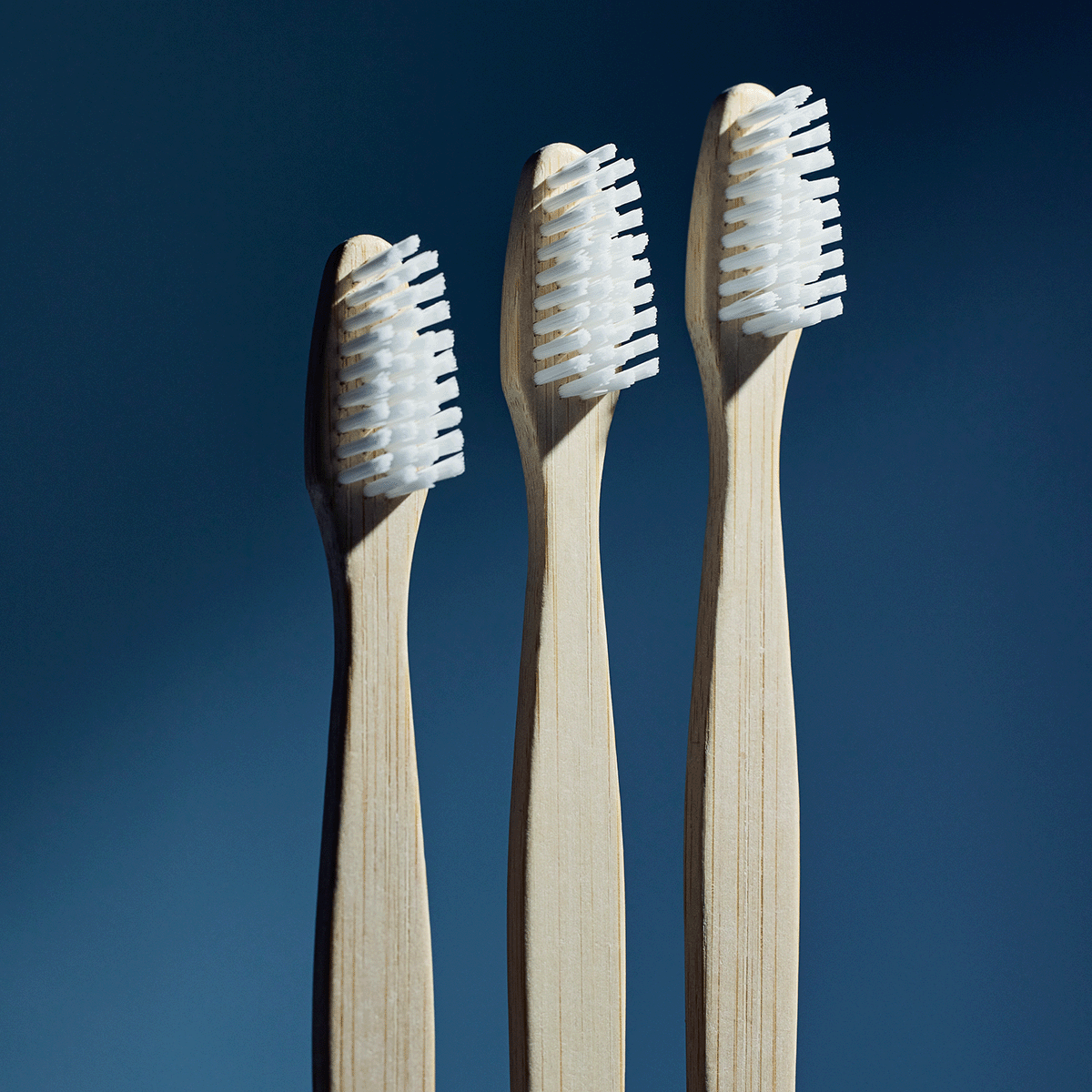
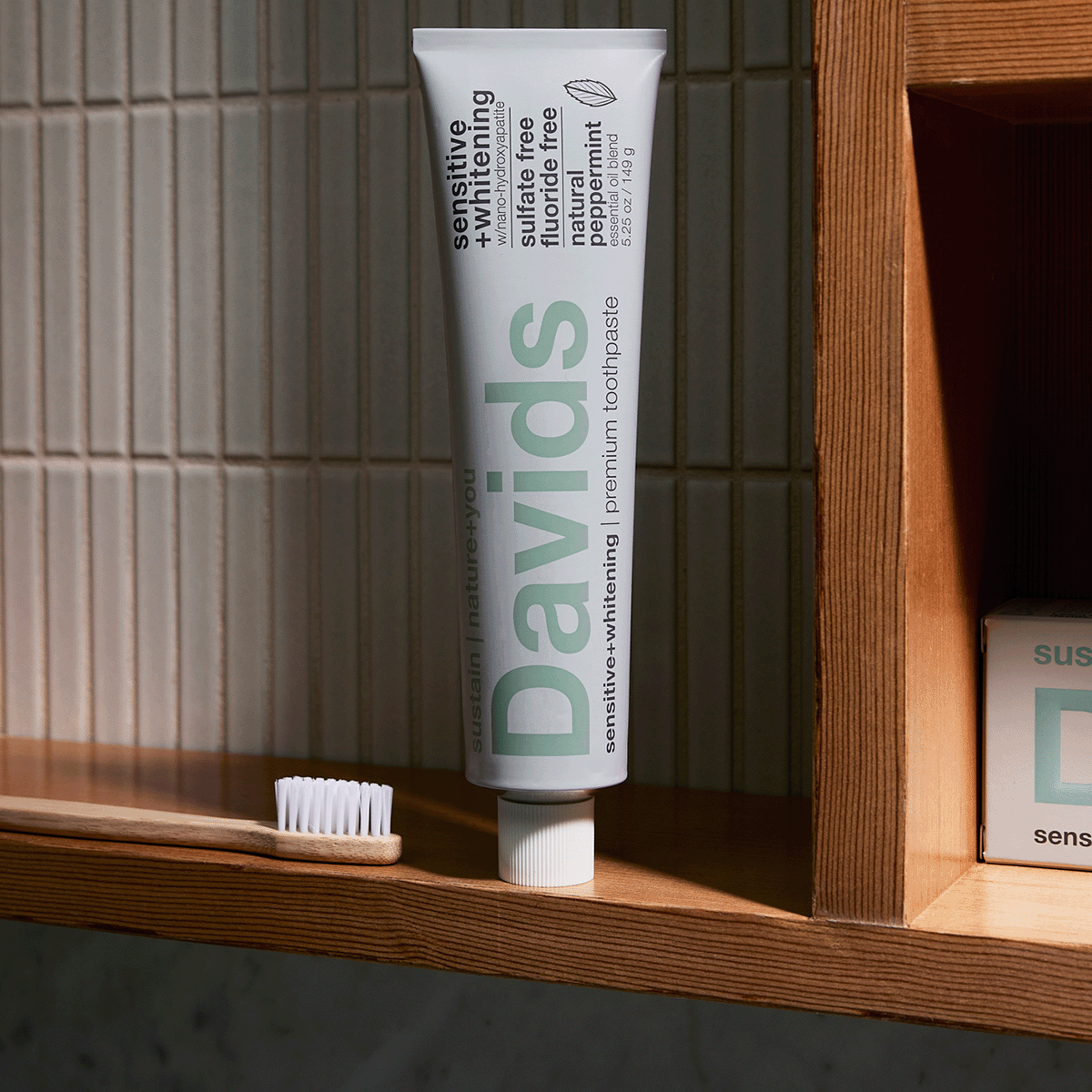
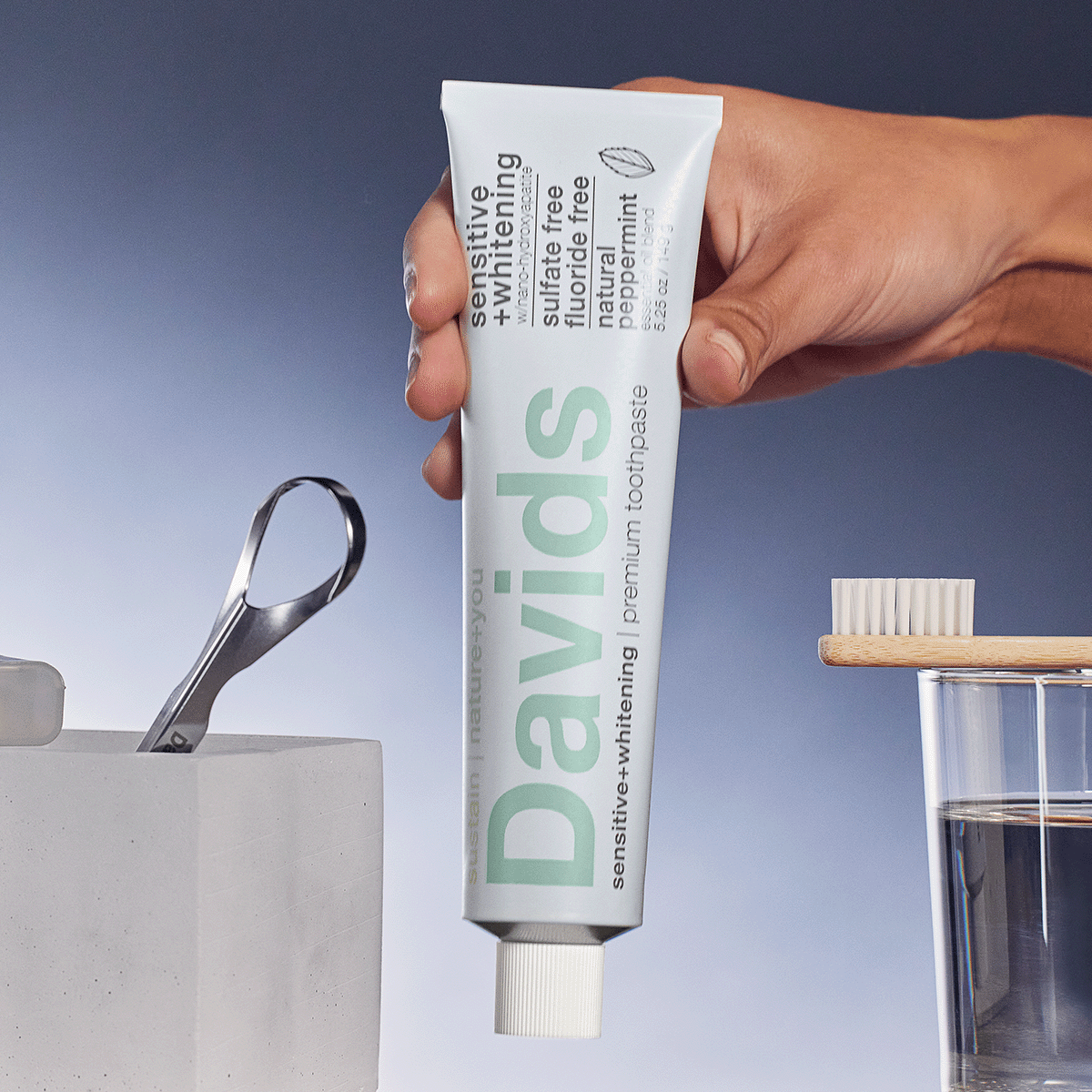
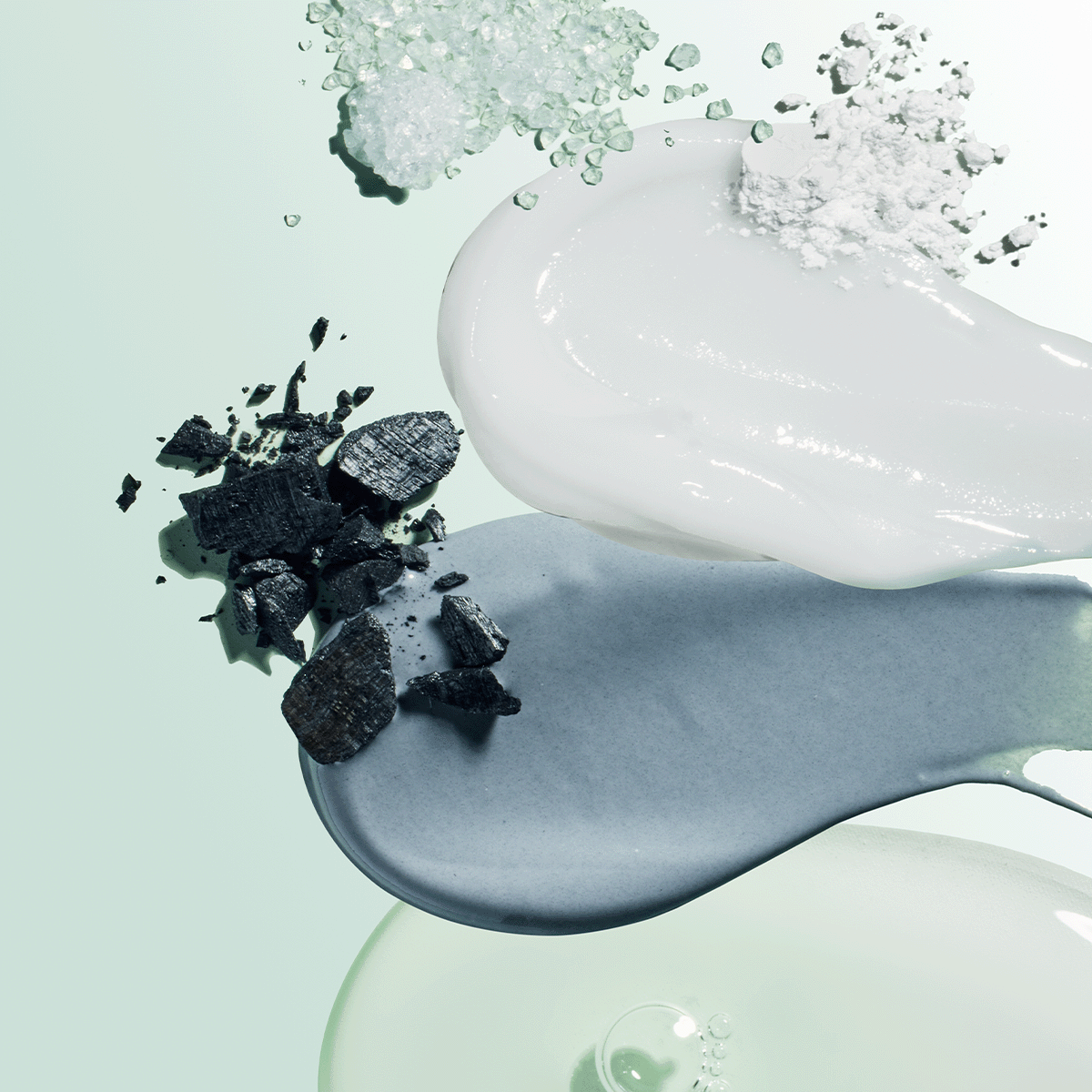


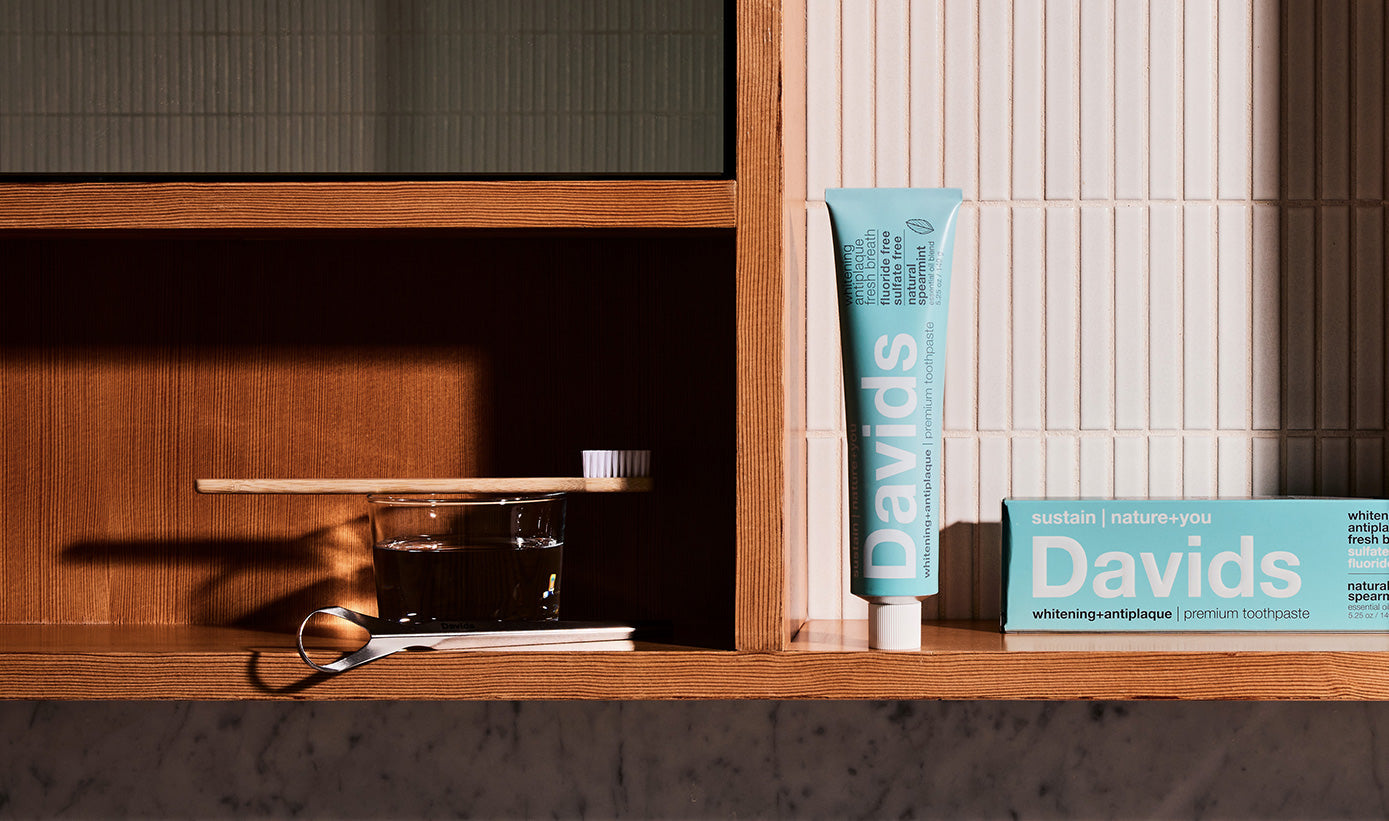
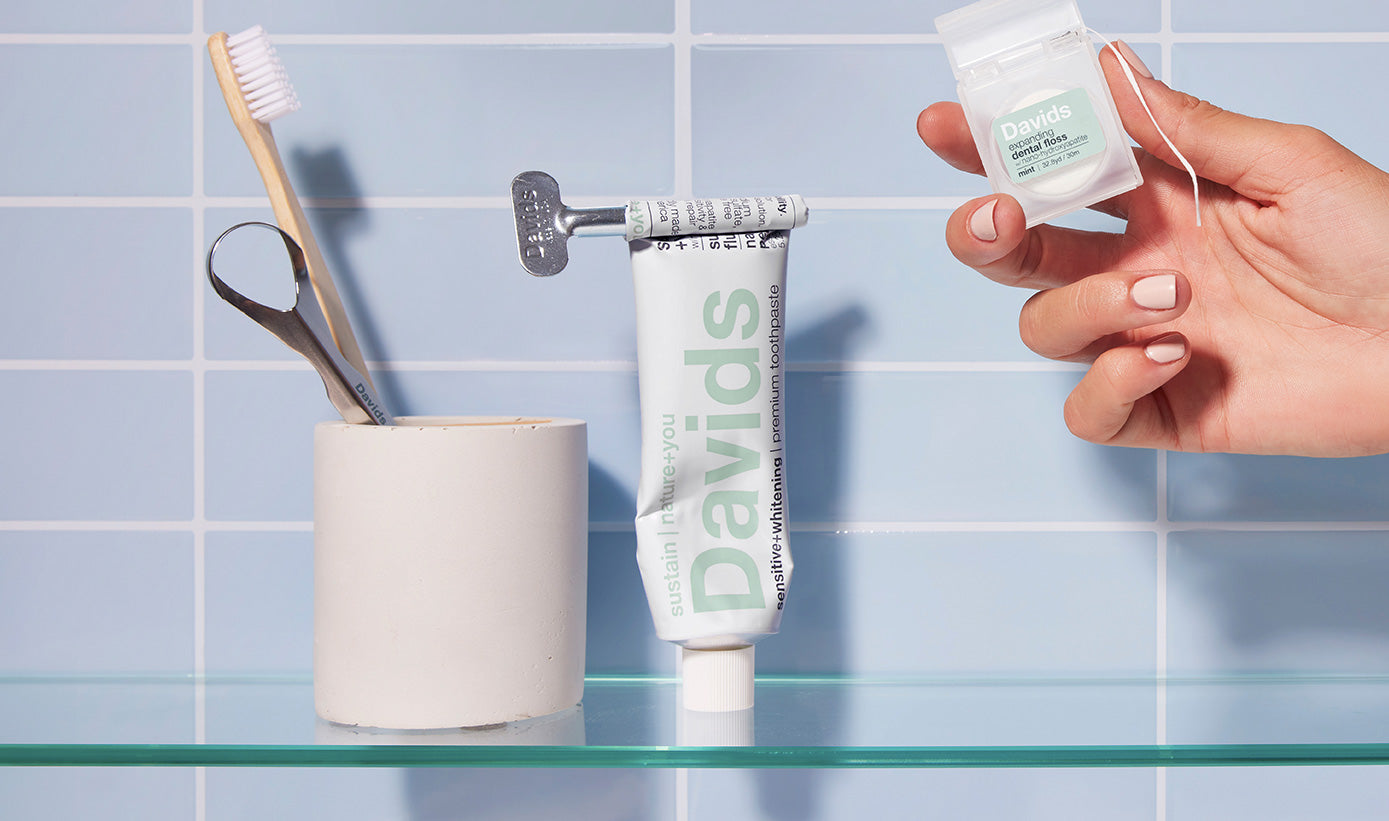
Leave a comment
This site is protected by reCAPTCHA and the Google Privacy Policy and Terms of Service apply.